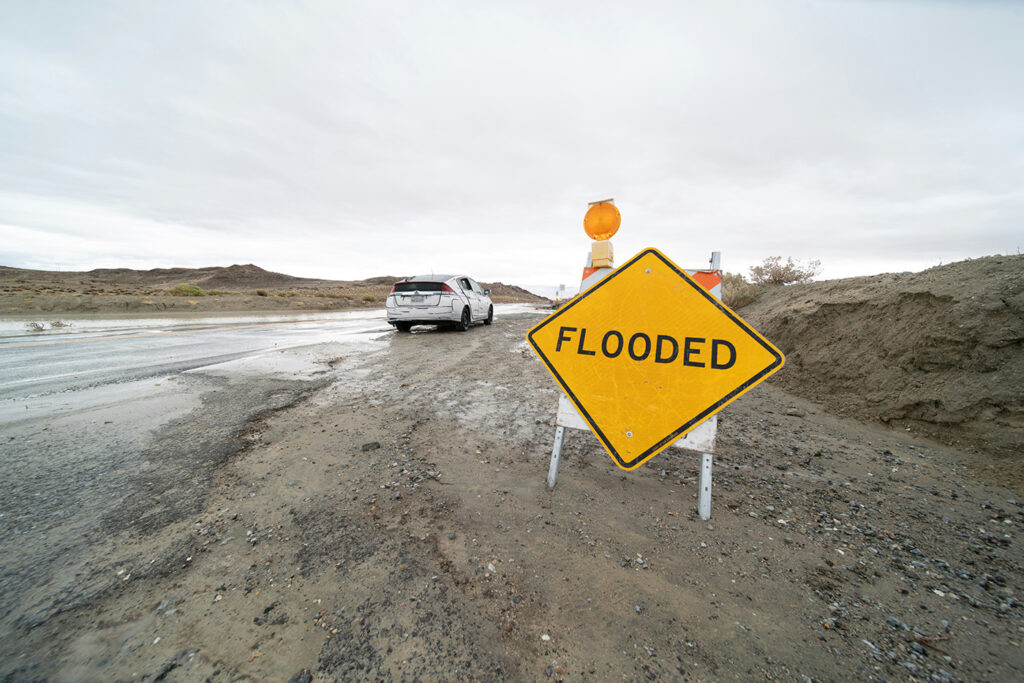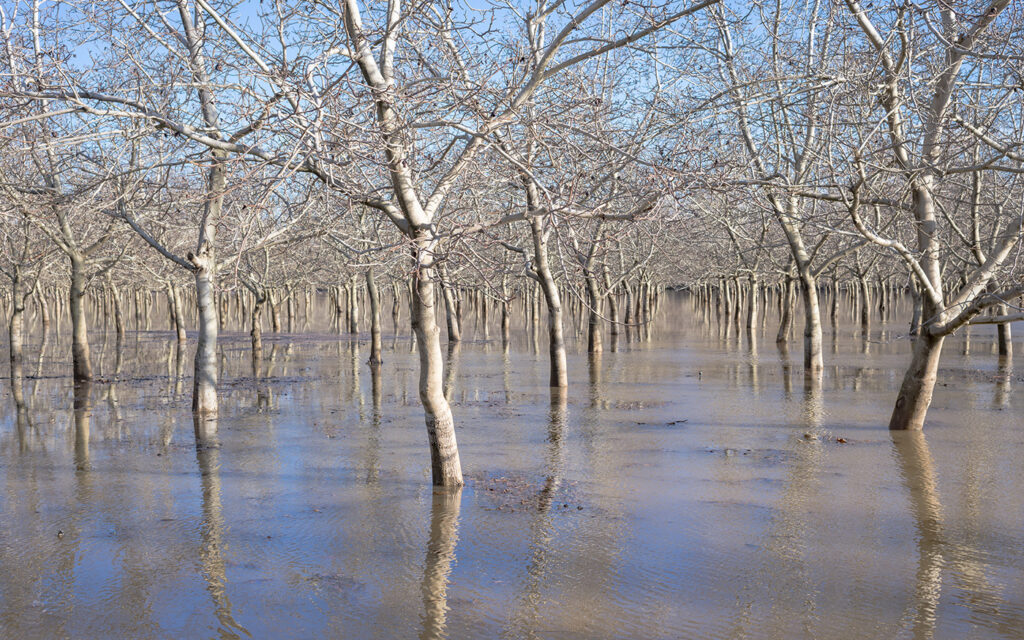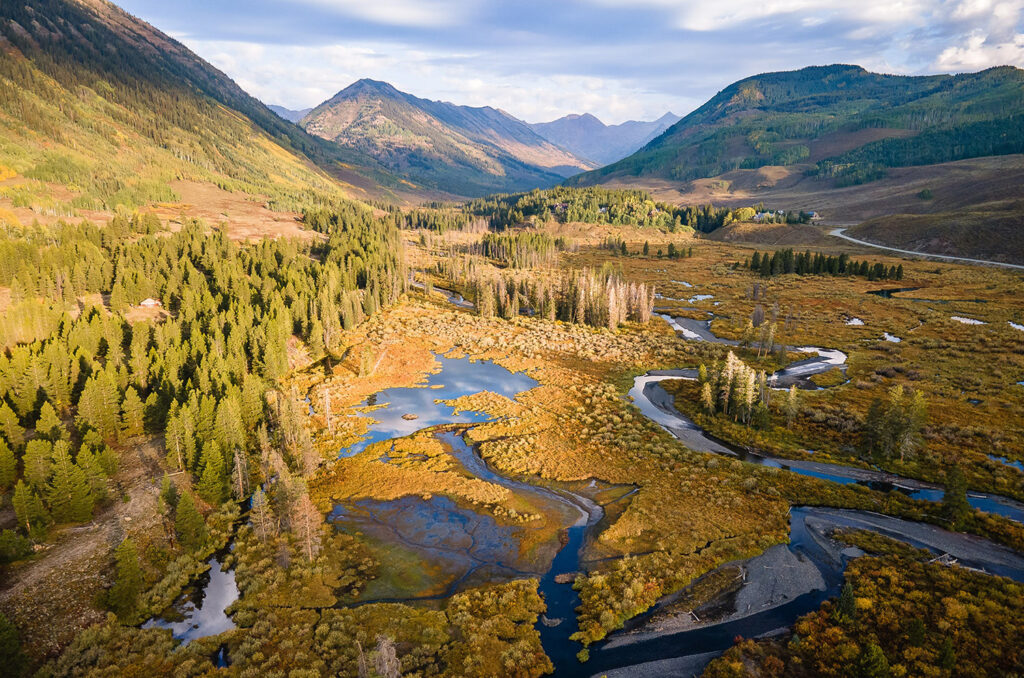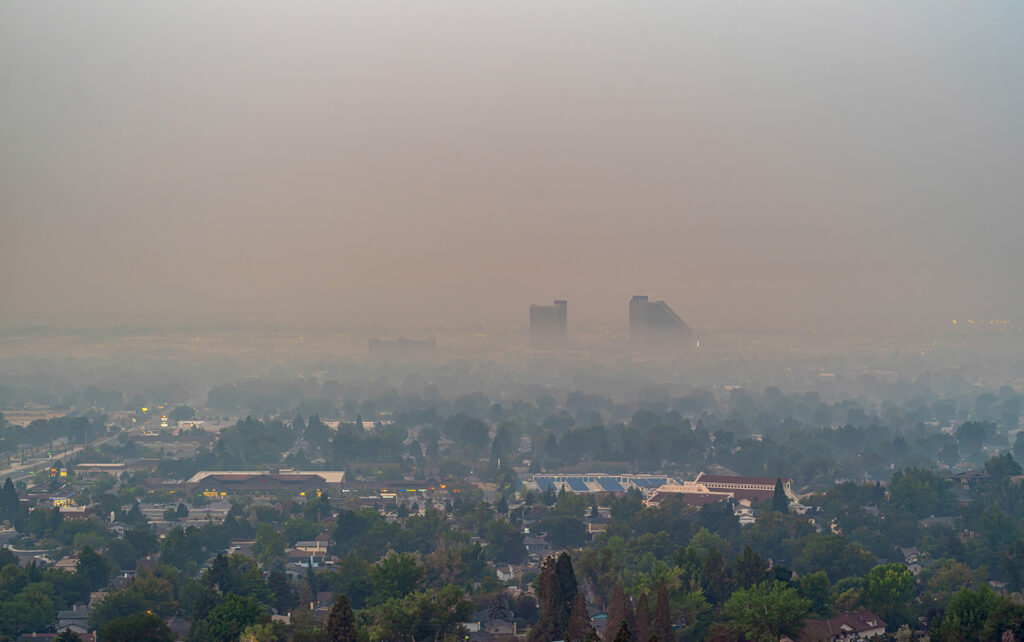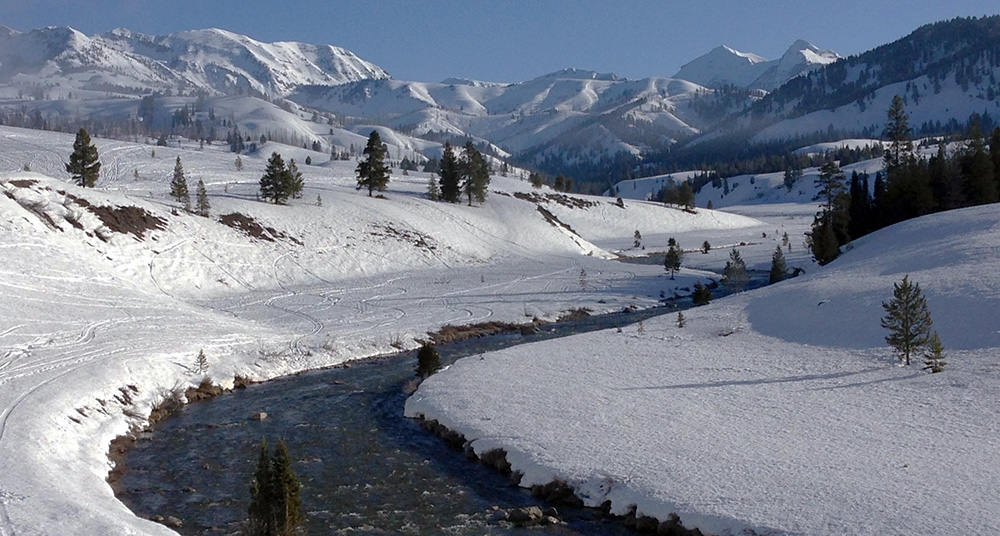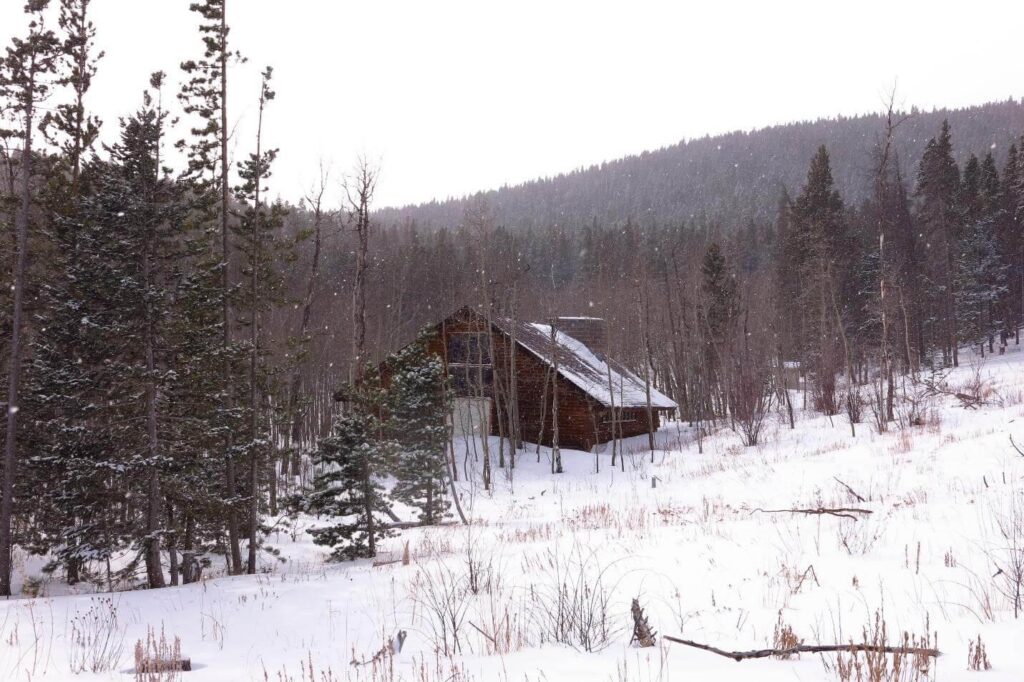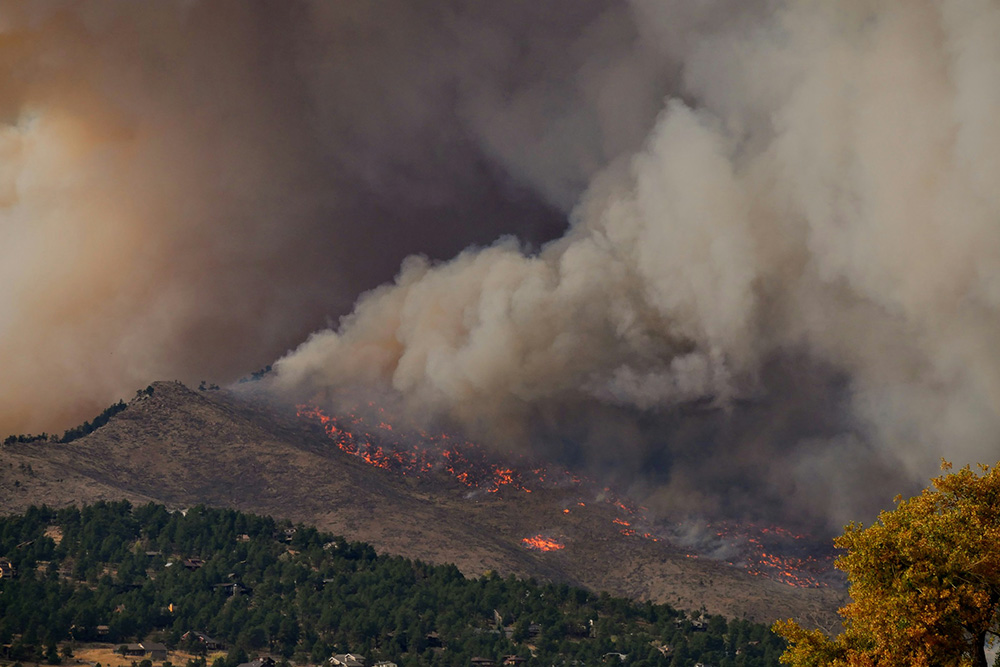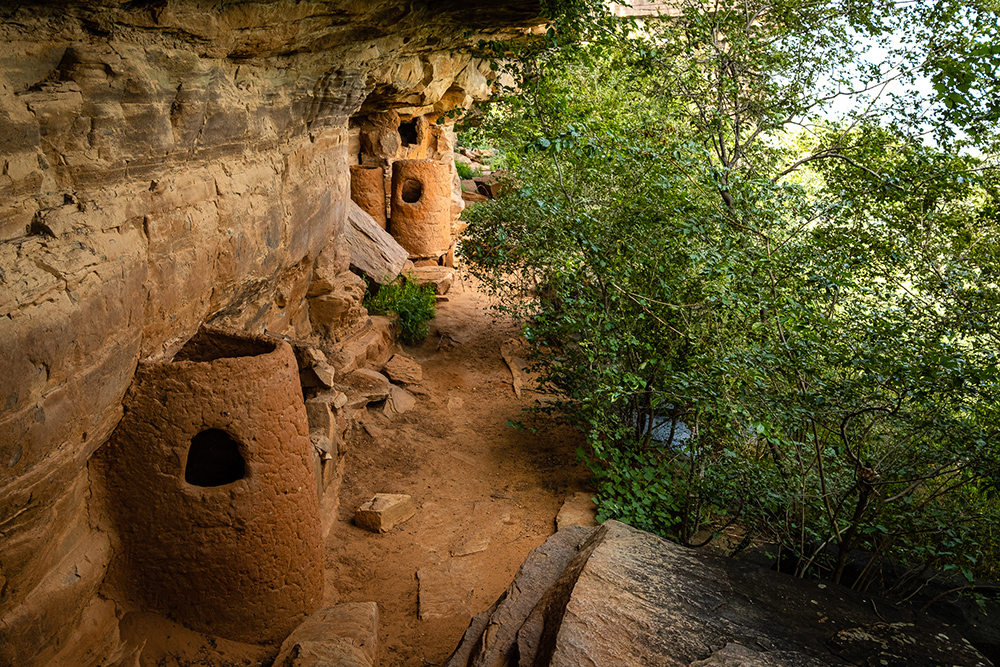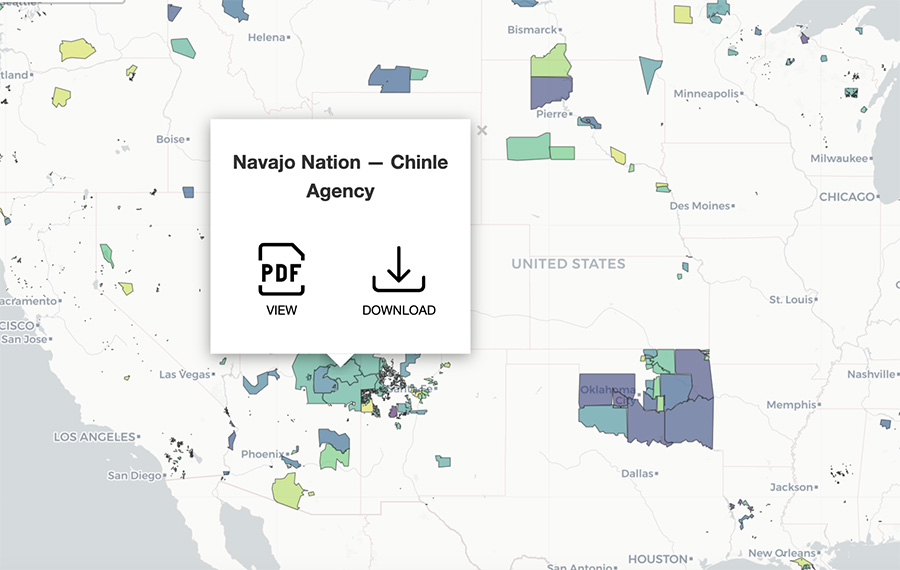Wet Soils Increase Flooding During Atmospheric River Storms
A new study examined decades of atmospheric river storms across the West Coast to pinpoint the conditions that lead to catastrophic flooding. The research, published June 4 in the Journal of Hydrometeorology, analyzed more than 43,000 atmospheric river storms across 122 watersheds on the West Coast between 1980 and 2023.
